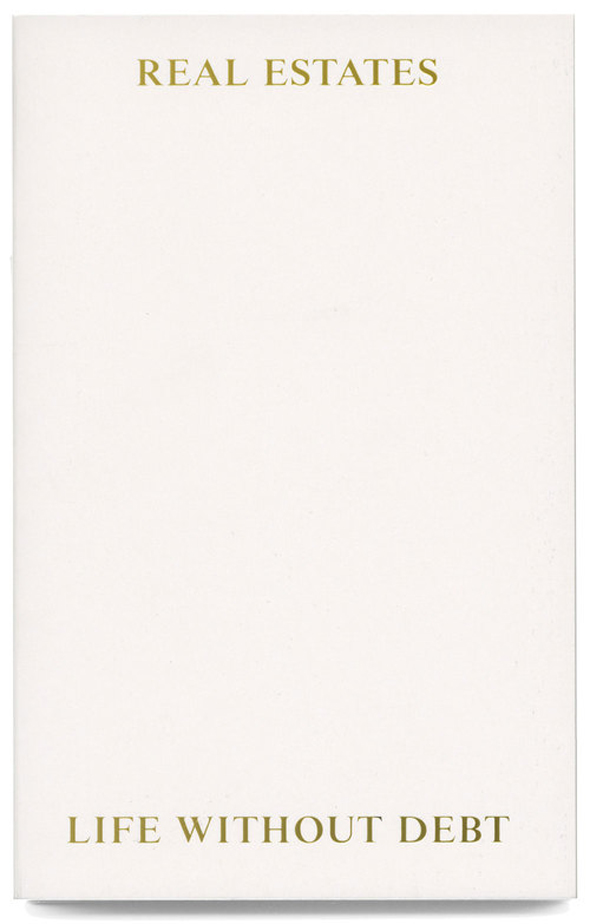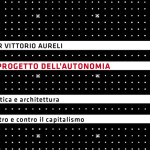Real Estates: Life Without Debt

From the Introduction
Housing crises are always popular subjects within the architectural discipline, in part because – whether one’s stance is critical or propositional – they make participants feel good about themselves […]. Even the term “crisis” conveys a sense of urgency while simoultaneosuly suggesting (falsely) that architects retain a social importance in shaping the urban realm. As spectators, architects never directly cause housing crises, which is why they also cannot h0pe to resolve them. They therefore pontificate, knowing they are doing so from positions of total security and blameless righteousness.
Nonetheless, the reason why the discipline increasingly views itself as charged with “solving” housing crises is not hard to discern […]. What makes the assumption of responsibility problematic is some confusion within the profession of what “housing” actually signifies. On the one hand, the home is seen as the traditional location of domestic bliss […]. On the other hand, architects are painfully aware that housing is always the product of some sort of real estate exploitation (whether commissioned or speculative). […] This has never been truer, since the accelerating deconstruction of the welfare state has transformed the home into a fiscal necessity […].
In order to reconcile the obvious discomfort of a space at once poetic and pecuniary (in other words, to render the home fungible) housing is reframed in legal terms as “real estate”. This abstraction permits the home to become a repository for forced savings or forced expenditure without compromising its aura of familiarity. […]
Thus it is not the architect or even the building industry that decides on the form domestic life will take, or the terms of its reproduction, but rather the financial institutions which bankroll the developers who promote a sophisticated language of metrics targeted at increasing fiscal efficiency. Accordingly, what is at stake in the architecture of the home is to rescue its use-value as a space of dwelling from its exchange-value in relation to all other homes, present and future. […]
Understanding the historical roots of the current crisis in Britain, and indeed the provenance of neoliberal housing crisis in general, requires a conceptual framework capable of integrating a vast array of apparently disparate processes into a coherent structure. The methodology pursued in this book aims to do this by abstracting patterns found in specific cases until they demonstrate general theories.
Contents
7. Introduction. 15. Neoliberalisation (with Neil Brenner). 27. Shadow States (with Keller Easterling). 35. Out of the Jungle (Mario Carpo). 41. A Room Against Ownership (Pier Vittorio Aureli). 45. Tutti Proprietari (Roberta Marcaccio). 51. For me, Myself and I: Architecture in the Age of Self-Reflexivity (Peer Illner). 57. The Self-Destructing Machine (Wouter Vanstiphout). 67. Capitalism and Freedom (Urban Think-Tank). 75. Money : Time : Space. (Sam Jacob). 81. Derivative Architecture (Jack Self). 97. Silver Bullets (with Finn Williams). 105. The Politicisation of Debt (Ross Exo Adams). 113. Unreal Estates (Mark Campbell). 121. Wrestling the Right (with Eyal Weizman). 127. Getting Real (Brett Steele). 131. Biographies.
Info
title > Real Estates: Life Without Debt
authors > Fulcrum (ed.)
publishing house > Bedford Press
pages > 136
year > 2014
price > £10.00
Related Posts
Questo sito usa Akismet per ridurre lo spam. Scopri come i tuoi dati vengono elaborati.








Lascia un commento